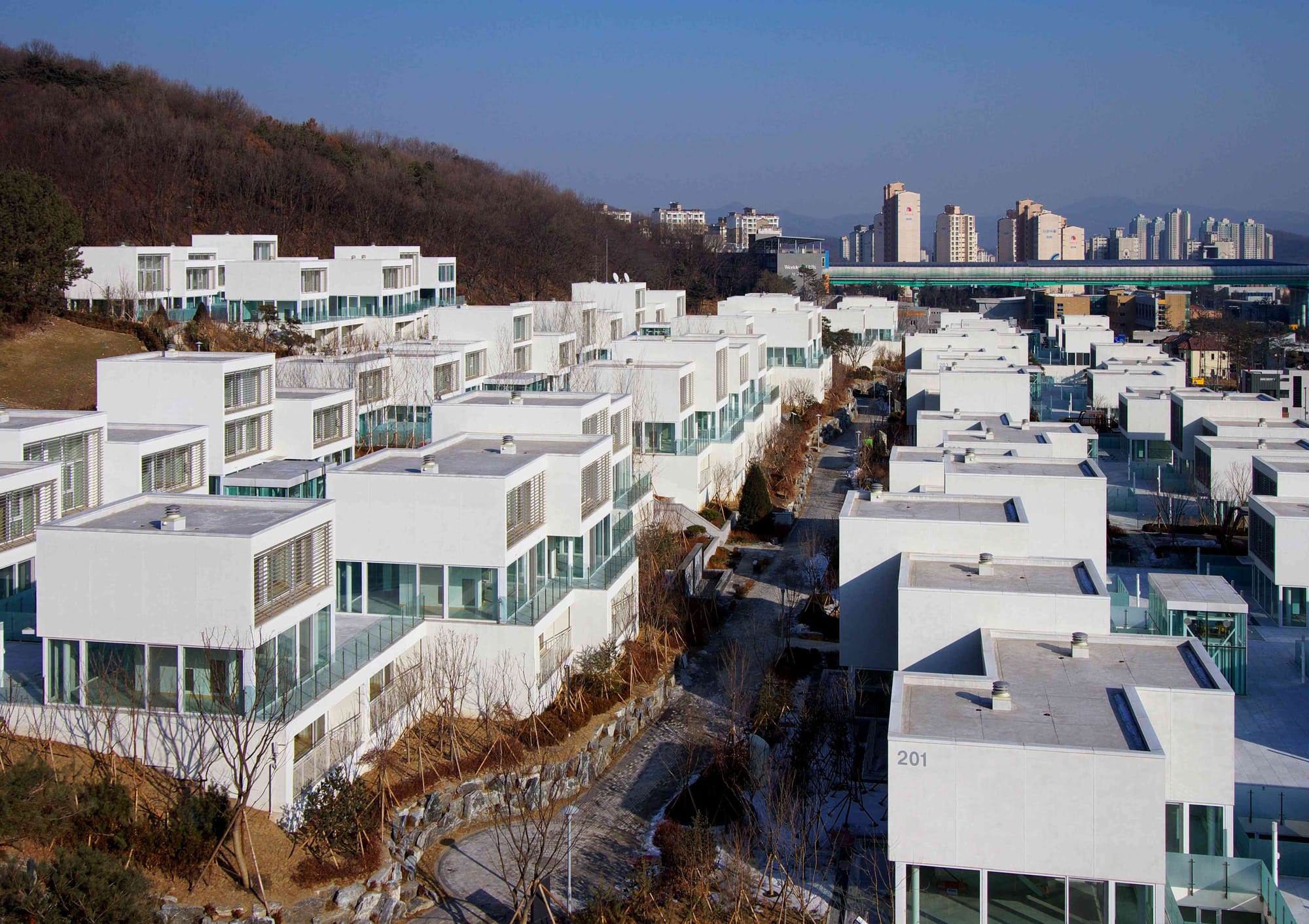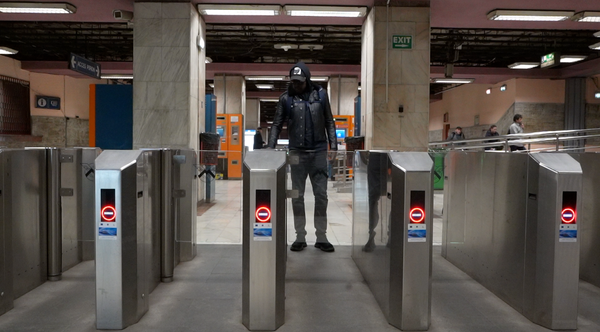
wander
Location: Bucharest
I'm a habitual traveler. That means I thrive in subway chaos. When experiencing foreign cultures, local lives are displayed front and center on a stage during rush hour. If you're reading this from the States and have never had the pleasure of international travel, fly to New York City. Spend an hour or two on any subway platform and observe the madness. The smells, circus acts, comedy hour, and musical performances. Or watch the hundreds of rich characters peacock about their day. Stand on the side though, against the wall before spectating. New YAWKERS move like bullets.
During one rush hour in Bucharest, I stood a good distance away from a homeless man assaulting my nostrils from 20 paces. The man had both legs amputated at his knees. He wore full-length muddy jeans that he dragged while walking on his stump legs. He had crutches but didn't use them to walk from what I saw.
Did I mention he smelled like a post-workout Grizzly Bear? Ewww.
What struck me was that the man stood in queue with everyone else. Patiently. Eventually, the train arrived. He hobbled onto the train adhering to the rules of the line, dragging his crutches and the long train (no pun intended) of his full-length jeans.
He stood in front of an empty seat, staring at it for a brief second. Moments later, a suited businessman, finishing what I'd assume was his long day, set his briefcase down and bear-hugged the homeless man, lifting him up and seating him in the seat.
Did I mention he stank like swollen yak? ewwww

Hey Blaak Museum reader -
Let me tell you something weird: I can’t stop thinking about my boy Riken. A beast-mode architect. He won one of those Pritzker prize thingies.
No, it’s not because I’ve suddenly become someone who talks about cantilevers and “spatial transparency” over hotcakes.
It’s because of Riken Yamamoto himself. The guy builds buildings that basically force people to be decent human beings. Which—judging by my own reaction to a homeless man on stumps in Romania—is something I clearly need Riken's help with.

Yamamoto believes the spaces we live in should make it easier to connect. To be neighborly. To see each other. You know, that thing we all pretend to want but secretly avoid by wearing AirPods 24/7.
I stared at the homeless man like an eye-hustling creep. I did nothing.
The probably businessman lifted him—filth, stench, flies, feces and all—and placed him on a train seat like he was one of the Queen's Corgis.
Yamamoto would’ve applauded. He might’ve cried. He'd be proud of the probably tech worker. They could have clinked glasses over Yamazaki 18 or rice wine.
anyway
Yamamoto has this thing where he makes walls less wall-y. Transparent balconies. Rooftop gardens facing the street. Terraces that basically say, Hey neighbor, nice robe. Need a tomato? He designed a place called GAZEBO in Yokohama with a layout that forces people to interact. No more hiding behind your Amazon boxes.
You see, Architecture, in Yamamoto’s eyes, isn’t just about buildings. It’s about nudging strangers toward decency.
You want to be grumpy? Fine. But now you have to do it while making eye contact with your neighbor’s grandma hosing down her hydrangeas.

Bottom line:
Some people design buildings that win awards.
Yamamoto designs buildings that make you a better person.
You know, doing work that really matters. Making soul. I'm trying myself.
Some people write letters to practice their craft.
This is mine to you.
Next time you see a homeless person on stubs, smile at him or her. Just a little. Pretend you live in one of Yamamoto’s buildings and your window faces theirs. Just wave.
Much love from the land of relentless kindness.
-r
P.S. I’ll never get over that businessman. Makes me want to be better. Or at least smells better.
